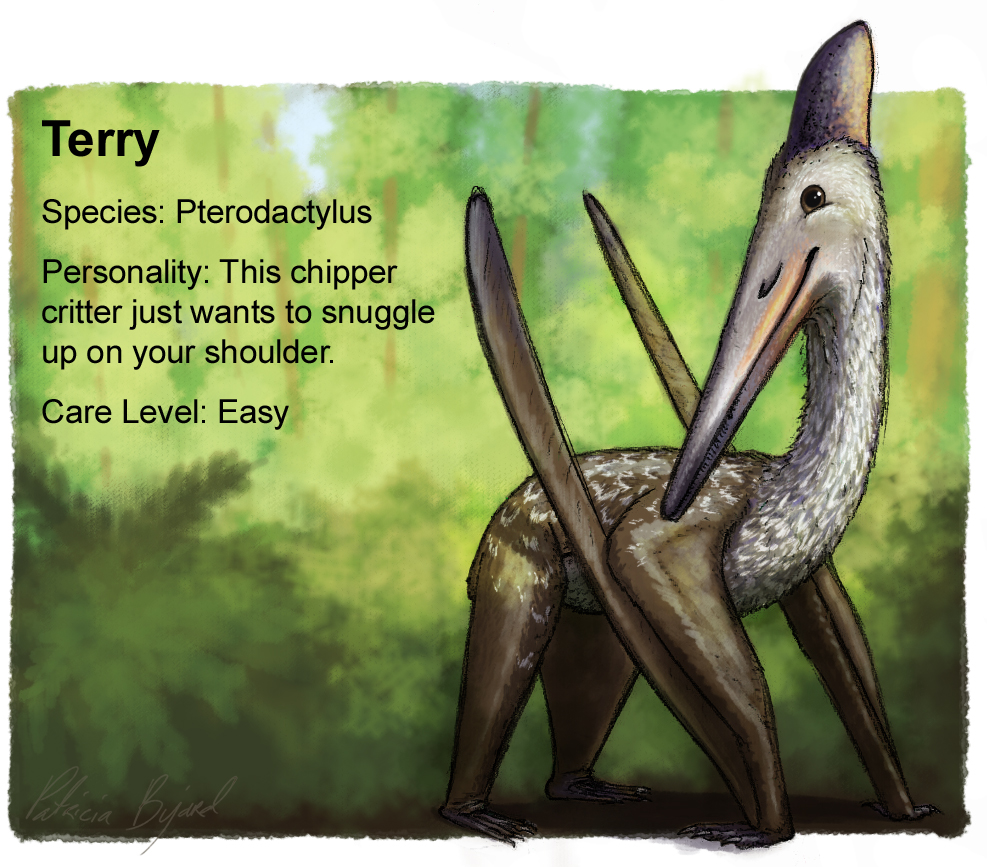Little Scutellosaurus never knew it’s descendants would be such incredible tanks!
Scutellosaurus was a small armored dinosaur from Early Jurassic North America, in what is now the Kayenta Formation in New Mexico. It’s bony scutes were rather similar to those of crocodiles, and probably appeared very similar to crocodile skin in life.
Stegosaurus appeared in Late Jurassic North America, in an area known as the Morrison Formation in the American west. More time separates it from Scutellosaurus than the millions of years between T. rex and us!
Stegosaurus is famous for its elaborate array of plates and spikes, which were covered in sheaths of horn. Like the large horns on longhorn cattle or the large ears of African elephants, these large plates were filled with a complex series of blood vessels that helped the animal stay cool in the heat or take advantage of the sun’s warming light on cool mornings.
Other benefits to large, heavy, and energetically expensive decorations are communication with other stegosaurs and intimidating predators. Cape buffalo have a ridge along their spines to make them appear as large and difficult a target as possible. Perhaps Stegosaurus would’ve faced a predator sideways, swinging its tail and bristling like a porcupine!
Ankylosaurus was another relative of Scutellosaurus that is far more well known than it’s humble ancestor, but it did not appear until nearly the end of the Cretaceous Period. It lived alongside T. rex, and was heavily armored with scutes covered in horn.

Next up is something purely for fun! I absolutely adore the idea of tiny clay creations, and secretly (not so secretly lol ) hope to one day have a collection of all my critters in their tiny clay forms. 😀 This little collection is a mini Morrison march, and is just a bit of fun brainstorming of what mini figures may look like. Can you imagine a tiny, cute environment in an Altoid tin? I love seeing those on Instagram!

Thank you so much for stopping by! See you on July 1st for the next Critter of the Month! 😀





